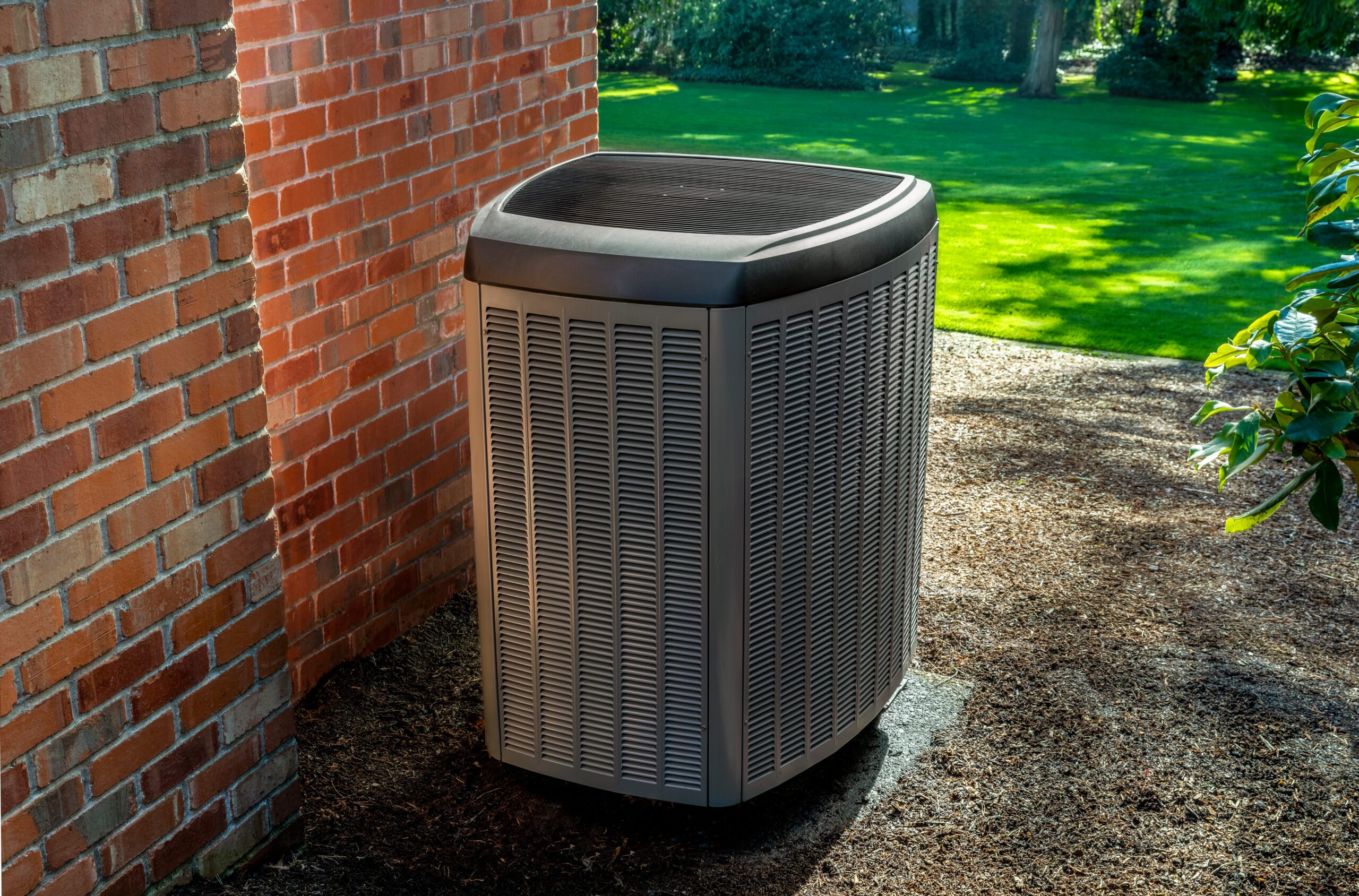
If you’re in the market for a new HVAC system, you’ve likely come across heat pumps. But, what exactly is a heat pump, and how does it work? Keep reading, and we’ll answer those questions.
What is a Heat Pump?
A heat pump works by transferring heat from one place to another. Air source heat pumps move heat between a home’s inside air and the outside air. Ground source heat pumps, which are also known as geothermal heat pumps, work by transferring heat between a home’s indoor aira home and the ground outside of the house.
The Basics of a Heat Pump
To understand how a heat pump works, you must first understand the basic parts. Right off the bat, you must know that heat pumps don’t generate heat but rather move heat from one place to another.
While a furnace produces heat that then gets distributed throughout a home or office, a heat pump absorbs heat energy from the air outside—even when it’s cold, and transfers that to the air inside. When an AC unit and heat pump are in cooling mode, they are functionally identical as they both absorb heat from the air inside and release it via the outdoor unit.
Parts of a Heat Pump
Typically, an air source heat pump has two major components— the outdoor unit and the indoor air handler unit. Both of these systems have many different essential sub-components, including:
Outdoor Unit
This unit has a coil and a fan. The coil operates in two ways: as a condenser when it’s in cooling mode and as an evaporator when it’s in heating mode. The fan blows outside air over the coil to expedite the exchange of heat.
Indoor Unit
Similar to the outdoor unit, the indoor unit (commonly called the air handler unit) also contains a coil and a fan. The coil acts as an evaporator when it’s in cooling mode and as a condenser when it’s in heating mode. The fan is liable for moving air across the coil and then throughout the home’s air ducts.
Refrigeration
Refrigerant is the substance responsible for absorbing and rejecting heat as it circulates throughout the heat pump system.
Compressor
The compressor works by pressurizing the refrigerant and moving it throughout the system.
Reversing Valve
This is the part of the heat pump system that works by reversing the refrigerant’s flow, which allows the system to work in the opposite direction and switch between heating and cooling functions.
Expansion Valve
The expansion valve is responsible for acting as a metering device to regulate the refrigerant’s flow as it passes through the system— this allows for reduced pressure and temperature of the refrigerant.
How a Heat Pump Works in Cooling Mode
Step One
During the first step, liquid refrigerant gets pumped through an expansion device located at the indoor coil, which functions as the evaporator. Air from inside gets blown across the coils, where the refrigerant absorbs heat energy. The cool air that is produced is then blown through the home’s ducts. The heat energy absorption process causes the liquid refrigerant to heat up and evaporate into the form of gas.
Step Two
Now, the gaseous refrigerant is ready to pass through a compressor to pressurize it. This pressurization process causes the gas to heat up, and the hot, pressurized refrigerant then moves through the system to the coil of the indoor unit.
Step Three
Now a fan located in the indoor unit moves outside air across the coils. Since the outdoor air is much cooler than the hot compressed gas refrigerant in the coil, heat is transferred from the refrigerant to the outdoor air. The refrigerant then condenses back to a liquid as it cools, and this warm liquid refrigerant is then pumped through the system to the expansion valve located in the indoor units.
Step Four
The expansion valve reduces the warm liquid refrigerate pressure, which starts a cooling process. The refrigerant is then in a cool, liquid state and is ready to get pumped back to the evaporator coil located in the indoor unit to start the cycle again.
How a Heat Pump Works in Heating Mode
A heat pump in heating mode works just like it does in cooling mode. The only difference is the reversing valve reverses the flow of the refrigerant. This flow reversal means the heating source becomes the outside air, and the heat energy is released inside.
Now, the outside coil has the function of an evaporator, and the inside coil has the coil of the condenser. The mechanics of the process stay the same as the heat energy gets absorbed in the indoor unit by col liquid refrigerant, which turns it into a cold gas. Then pressure is applied to the cold gas, which turns it into a hot gas. The hot gas then gets cooled by the indoor unit via passing air, heating the air, and consenting the gas to a warm liquid. Finally, the pressure is received from the warm liquid as it enters the outdoor unit, it converts it to cool liquid, and the cycle starts again.
Is A Heat Pump Right For Your Home?
As you consider which type of system is best for you and your household’s needs, there are a number of factors to consider. It’s best to get advice from an HVAC experienced professional so you can make the best decision.
For all your residential and commercial HVAC needs, count on American Heating And Cooling. We are Nashville’s heating and air conditioning experts.
